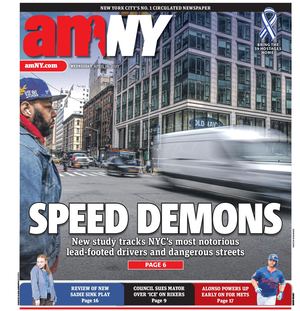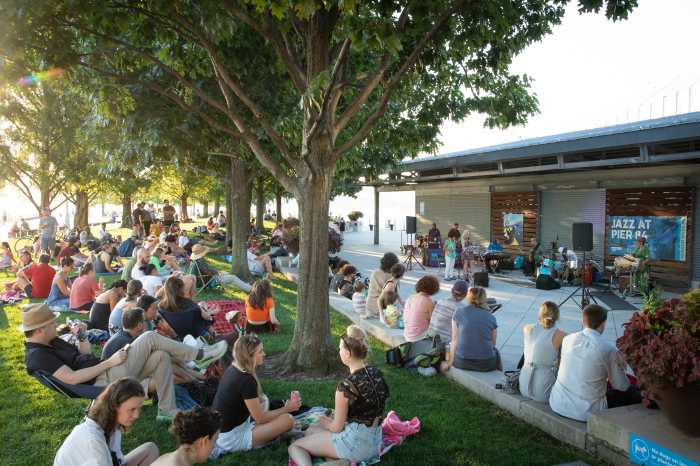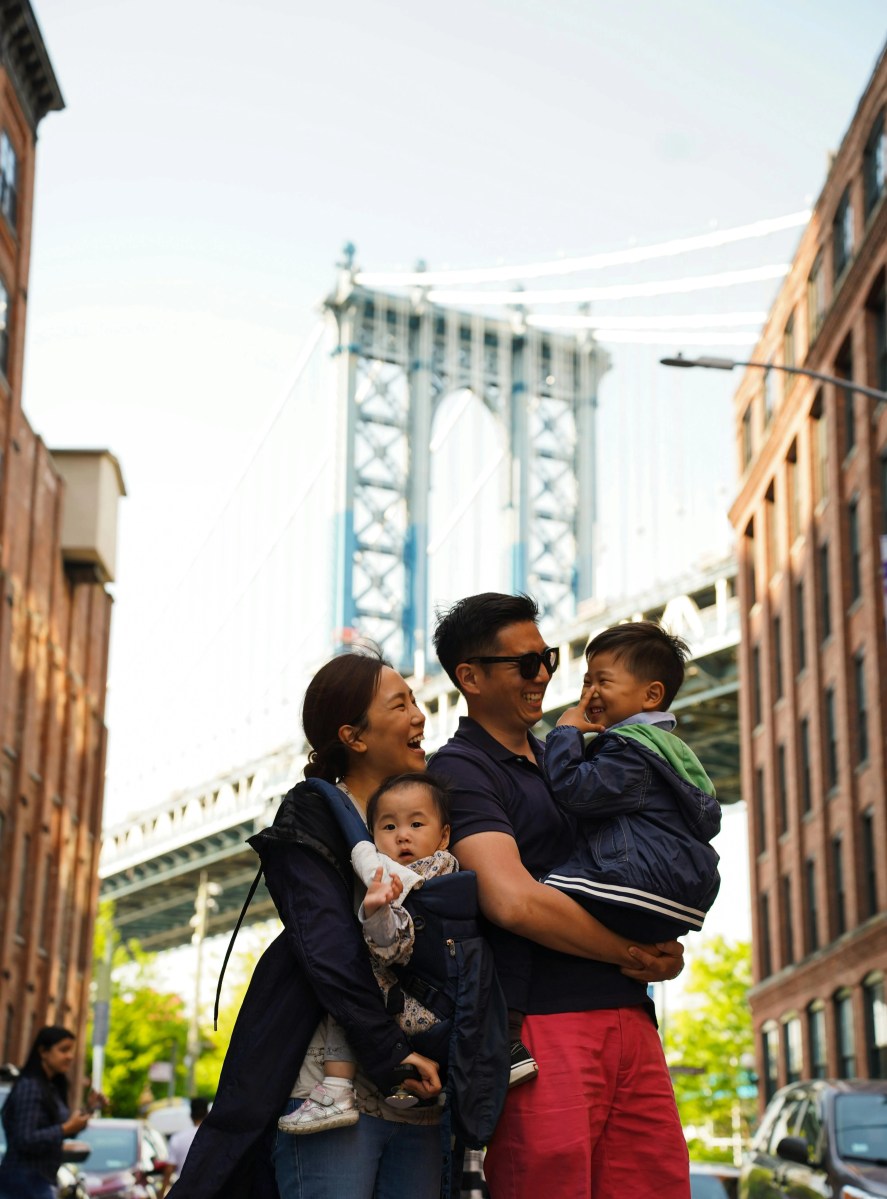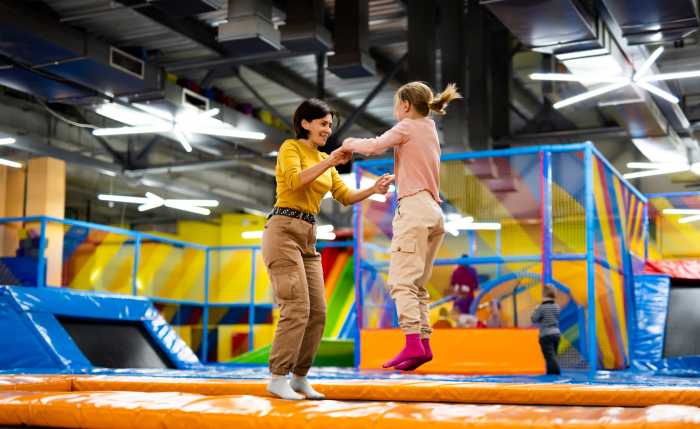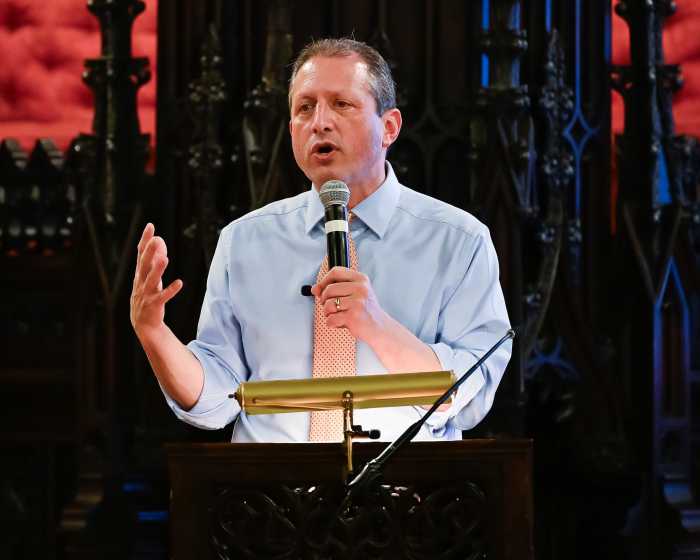
Whether you were hunting for bargains around Union Square or taking a stroll through Central Park this long weekend, the roots of Labor Day can be found all over New York City.
Labor leaders and experts are urging New Yorkers to take some time and learn about why many of them have the day off.
“Without working people, the country would not have been built or function for a single day,” said Joshua Freeman, a distinguished professor at CUNY who has authored several books on labor including, “Working-Class New York: Life and Labor Since World War II.” “The United States acknowledged that by creating a national holiday.”
Freeman pointed out that the very first Labor Day celebration took place in Manhattan over 130 years ago.
Roughly 10,000 people marched from City Hall to midtown on Sept. 5, 1882, to hear speeches from labor leaders such as American Federation of Labor (AFL) founder Samuel Gompers, showcase their growing movement and inspire others to join the fight for better wages and working conditions. They passed viewing stands at Union Square.
After a stop in Union Square, Freeman pointed out it is a short walk south to the corner of Greene Street and Washington Place, the site of the Triangle Shirtwaist Factory fire. In 1911, 146 garment workers perished in the blaze because all the exit doors were locked. The tragedy sparked more safety requirements in factories.
Downtown sites, such as Cooper Union and Webster Hall, were the scenes of important speeches and other moments in labor history. Head north to Seventh Avenue and 39th Street, where a statue titled “The Garment Worker” honors the people who built that vital industry.
The Museum of the City of New York, located across from Central Park, has an interactive and sweeping look at city labor issues in its current exhibit: “City of Workers, City of Struggle: How Labor Movements Changed New York.”
“This is really the first time there has been a comprehensive museum exhibition covering the entire history of labor movements in New York City,” said curator Steven Jaffe. “To understand New York’s past, present and future, you have to understand the role of labor organizations and activism in the city’s history.”
Both Freeman and Jaffe said workers today are still struggling to maintain and regain some of the rights they have won over the years, such as health insurance and pensions. At the same time, new waves of workers are seeking to unionize.
Jaffe emphasized that the exhibit, which includes artifacts such as signs, a sewing machine and even the Rolodex of labor powerhouse Albert Shanker, is not just “ancient history.”
“This is a story that continues to unfold and change before our eyes,” Jaffe said.
